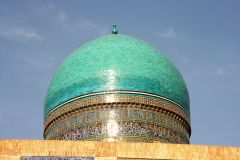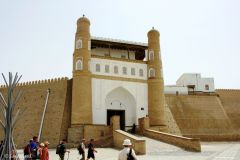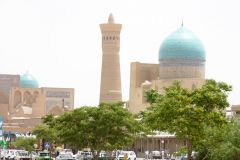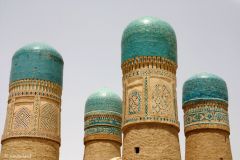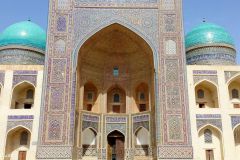The madrassas and mosques in the Historic Centre of Bukhara are impressive. They provide a sense of what the days of the Silk Road were like.
The UNESCO World Heritage List includes more than a thousand properties with outstanding universal value. They are all part of the world’s cultural and natural heritage.
Official facts
- Full name of site: Historic Centre of Bukhara
- Country: Uzbekistan
- Date of Inscription: 1993
- Category: Cultural site
UNESCO’s World Heritage Centre’s short description of site no. 0602:
Bukhara, which is situated on the Silk Route, is more than 2,000 years old. It is the most complete example of a medieval city in Central Asia, with an urban fabric that has remained largely intact. Monuments of particular interest include the famous tomb of Ismail Samani, a masterpiece of 10th-century Muslim architecture, and a large number of 17th-century madrasas.
My visit
On a 2014 road trip to several of the ancient Silk Road cities, I found Bukhara to be a definite highlight. One can only imagine how it would be like to enter the city in the days of camel caravans. A huge fortress, grand madrassas and mosques, and vibrant markets throughout the city.
The city has retained much of that atmosphere and makes for a splendid couple of days before venturing to other cities on the famous Silk Road.
In my travelogue I write this: The oases on the Silk Road were prosperous. Bukhara was one of them, a fortified city, rich on the lucrative trade routes between China and Europe. Here the Emir’s word was the law, his castle was his home, and his concubines were aplenty.
Browse to the PREVIOUS or NEXT post in this series.


